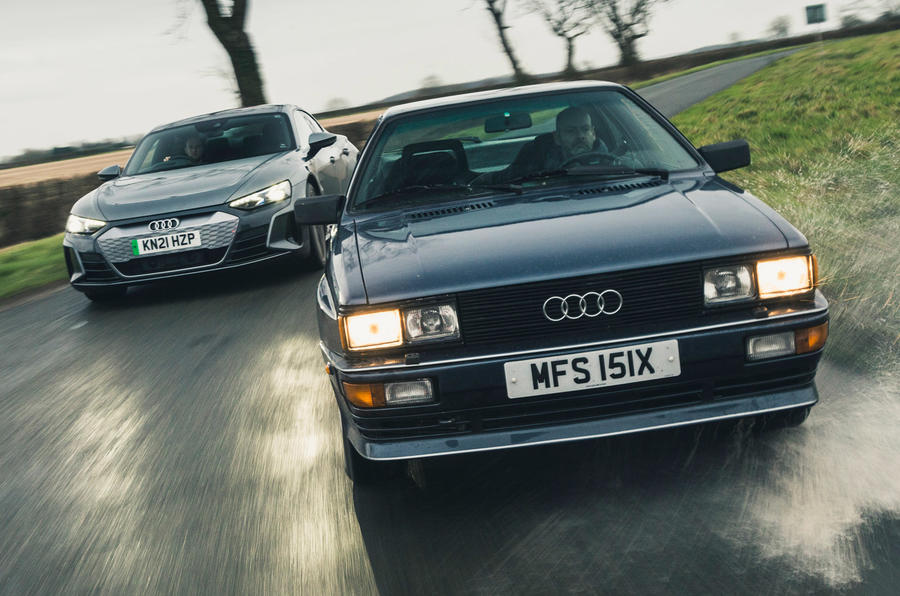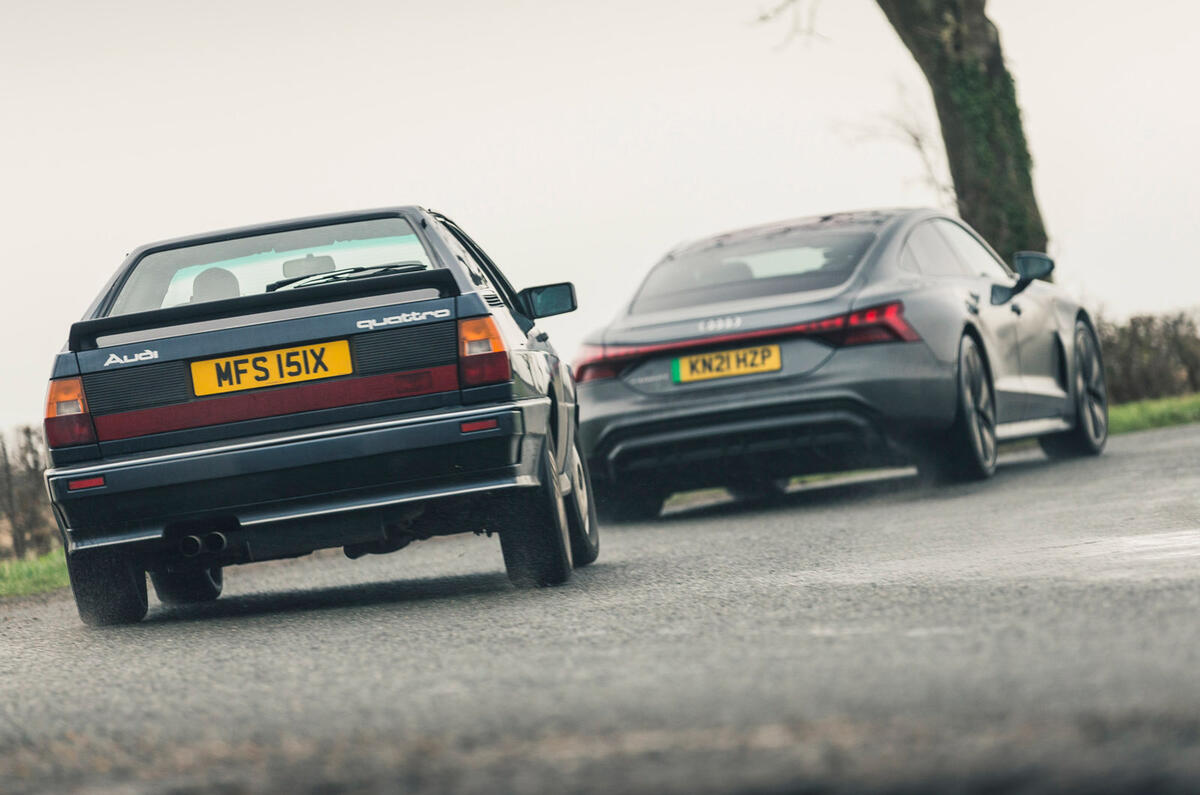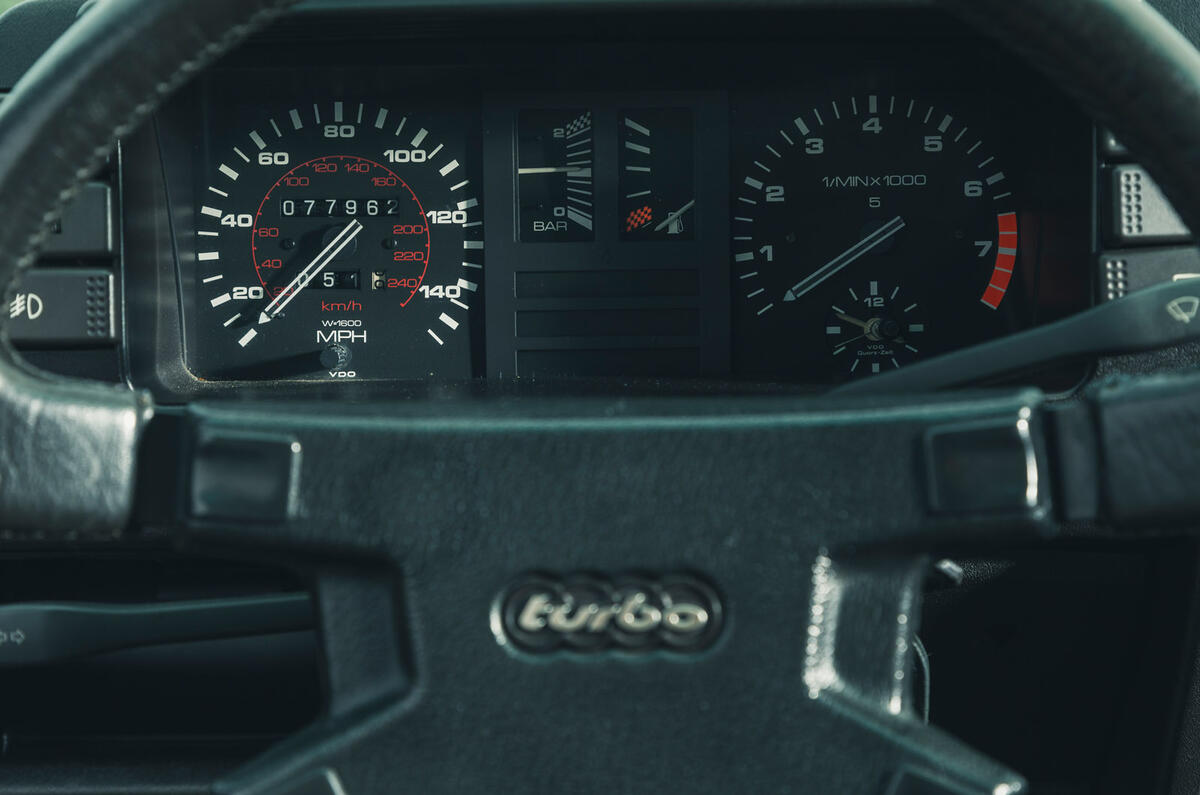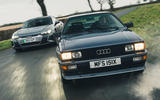Quattro: it’s a simple enough word. But those seven letters conjure up some of the most era-defining images in the automotive world: Walter Röhrl and Hannu Mikkola sideways on a world rally event, Gene Hunt in the BBC drama Ashes to Ashes or, more recently, Ken Block’s Hoonitron.
And then there’s the Mr Jones moment, where most of suburbia is crowded with four-wheel-drive versions of an Audi saloon outside an identikit home.
That last point is really the crucial one here, even if it is the most mundane. Despite Audi using the Quattro four-wheel drive system across the vast majority of its range, including in its humdrum 2.0-litre family saloon, the name still brings with it an air of mystique.
Essence d’Röhrl is infused across every Quattro-equipped Audi on every driveway or street corner, but with none of the brand dilution that you’d expect. Somehow Quattro stands for performance and allround capability and marks an aspirational moment in any company car executive’s career, despite Audi liberally sprinkling it across all sorts. BMW and Mercedes-Benz can’t get anywhere close to it.
So it is that we find ourselves in the windy Fens trying to answer a question: what does Quattro mean? In terms of bookends, we’ve got the perfect pair here in the shape of both the original and the latest. If anything is going to demonstrate the changing shape of both Quattro and the automotive world, it’s these two.
The original is the Quattro 10v, a road car that’s directly linked to the rally equivalent. In fact, it preceded the legendary Group A machine, coming as it did at the 1980 Geneva motor show and ahead of the rally car’s debut in autumn of that year.
The latest is the E-tron GT, Audi’s flagship battery-powered sports car that, unless you’ve been buried under a rock for the last year, you’ll know is based heavily on the smash-hit Porsche Taycan EV.










































































Add your comment